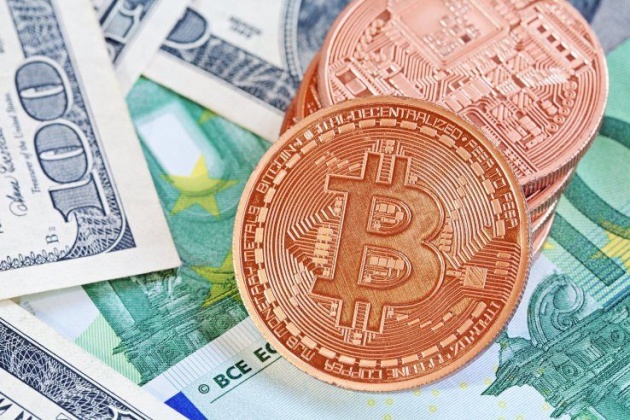
In the 14th century, the Medici family used the power of its newly invented, double-entry accounting system to build a cross-border banking empire that banks still use today. Now more than 600 years later, cross-border payments total more than $22 trillion.
These transactions are essential to conducting international business, and increasingly important as global commerce continues to expand — a 14th century process is simply not good enough. Medici’s system uses “nostro” and “vostro” accounts — in English that translates to “ours” and “yours.”
The bitcoin ledger, a two-column spreadsheet with who owns what, is simply the 21st-century version: 12 million rows — one for each person who owns bitcoin. The second column shows how many they own and that column totals 14 million bitcoins today. It’s a very clear public record of who owns what — one that does not require paying a third party to keep those accounts.
Cross-Border Payments
The legacy cross-border payment process presents a web of challenges that are nearly impossible to untangle without having one accepted ubiquitous global payment system.
A typical international cross-border payment for a small-to-medium-sized business whose payments are typically on the order of $1,000 to $10,000 can take several days and cost up to 5 percent of the total transaction. Let’s pull back the curtain on the process.
- Before a business can make a large purchase from a supplier, the buyer provides a letter of credit from a financial institution to the supplier, which acts as a guarantee of payment. There is a non-trivial fee for acquiring this and it may take several days for a bank to produce.
- Once the letter of credit has been provided by, for example, a U.S. business looking to buy from a Brazilian supplier, the supplier sends an invoice for an amount due.
- The U.S. business initiates a money transfer at its primary bank for an amount greater than what is due on the invoice. This is in order to cover the many fees required along the payment’s journey.
- Over the course of several business days, the buyer’s bank first charges a money transfer initiation fee and eventually moves the money along to its U.S. correspondent bank.
- Once the payment hits the first correspondent bank, it grants the buyer’s primary bank a rebate — a finder’s fee of a sort to incentivize the perpetuation of the 600-year old process. This correspondent bank deducts yet another fee for processing the buyer’s payment and moves the buyer’s payment along to a second correspondent bank in Brazil. This relay takes another couple of business days to complete.
- Upon receiving the payment, the second correspondent bank converts the buyer’s USD-denominated payment into Brazilian reals with a foreign-exchange spread. While able to exchange currencies at a wholesale rate, savings from doing so are not passed on to the customer but withheld as additional profit for the correspondent bank. Another processing fee for the payment is taken by the second correspondent bank before the payment moves on to the supplier’s primary business bank. The currency exchange and subsequent relay of the payment take an additional couple of days to complete.
The fees, transaction times, and opacity that is considered business as usual for the legacy cross-border payments system is stifling for business, especially for fast-paced, Internet-age commerce.
Bitcoin Fix?
The good news is the fix is under our noses. It’s not a new process for moving money; it’s a whole new approach: bitcoin. As a payment rail, bitcoin has the potential to revolutionize cross-border money flows.
With bitcoin, there is way to conduct global and secure commerce efficiently. By design, bitcoin is a global and secure payments network, having arguably greater reach and greater security than the legacy payments system or its myriad players. It is much more difficult to establish a bank branch in a remote foreign country than it is to access the Internet.
It is much less secure for payment forms to be filled out by several mistake-prone humans as the payment moves from bank to bank than the digital establishment of a worldwide consensus over what cryptographically secure ledger positions are to be swapped.
It is much easier to change data values within the bitcoin protocol (which is indicative of a transfer of bitcoins) than it is to lug a suitcase across borders, send checks over snail mail or wait several days for the correspondent banking industry to grind through.
There is no need for middlemen in a bitcoin-enabled cross-border payments world — no need for any additional fees or processing times to move a payment but those inherent to using the bitcoin network. Bitcoin transactions are virtually free and virtually instantaneous. Bitcoin does everything the legacy payments middlemen individually do — better, faster, cheaper. Real-time wires for half the price.
In the 1700s, the last of the Medici’s dynasty fell. But their once disruptive accounting system is still being used more than 600 years later. I’d say it’s time for a 21st-century update.



